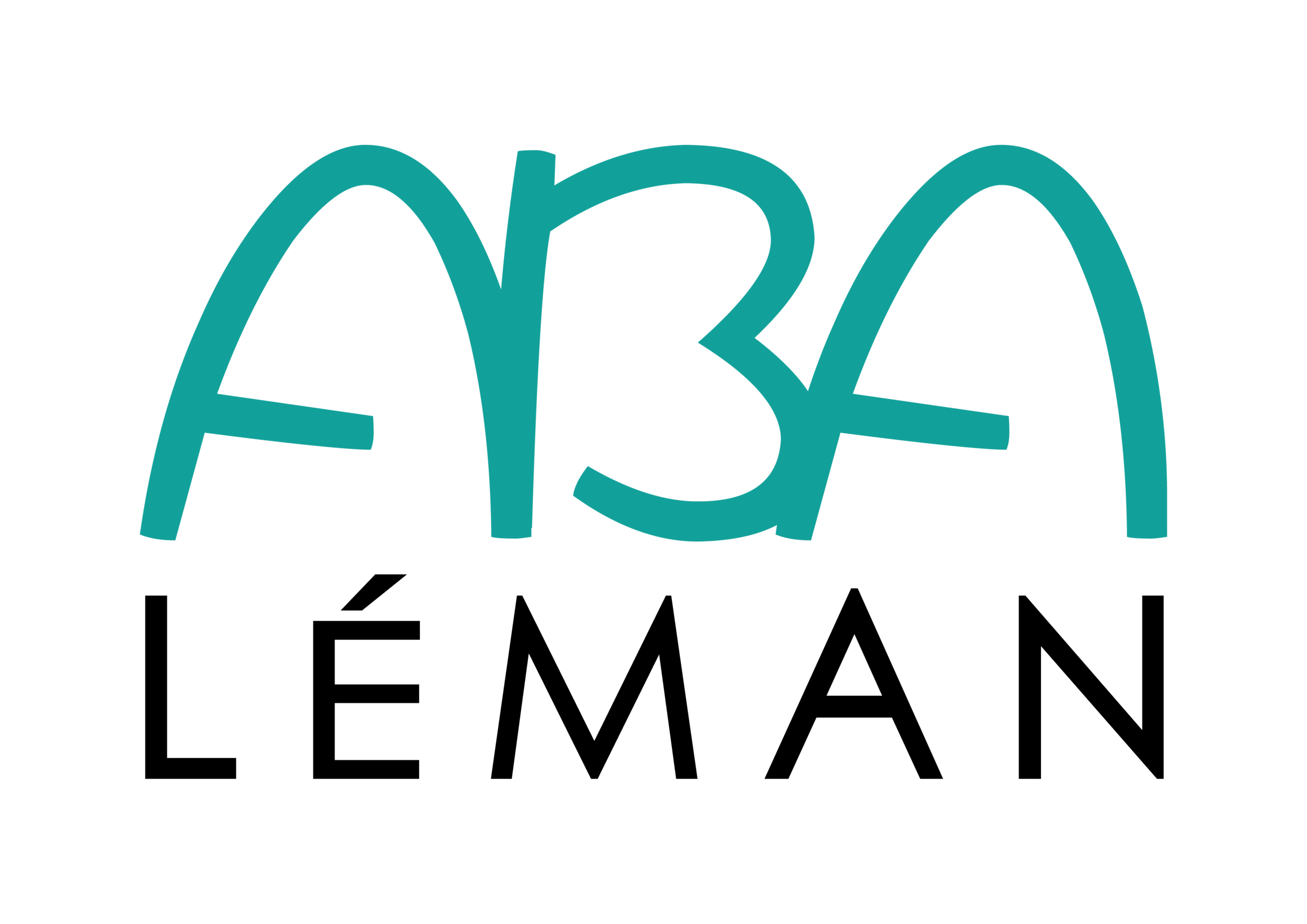What is Applied Behavior Analysis (ABA)?
Applied Behavior Analysis (ABA) is a scientific approach to understand behavior. ABA refers to a set of principles that focus on how behaviors change and how it's affected by the environment, as well as how learning takes place. The term behavior refers to skills and actions needed to talk, play, and live.
ABA requires the implementation of established principles of learning, behavioral strategies, and environmental modifications to improve and teach new behaviors.
Identifying why the behavior occurs, how the behavior can be changed and understanding how each particular child learns and acquire new skills are crucial for the effectiveness of therapy.
The ultimate goal of ABA is to establish and enhance socially important behaviors. Such behaviors can include academic, social, communication, and daily living skills. Essentially, any skill that will enhance the independence and/or quality of life of the individual.
What is Applied Verbal Behavior (AVB)?
The "Verbal Behavior" approach teaches communication using the theories of behaviorist B.F. Skinner, author of the book "Verbal Behavior" in 1957, and the principles of ABA.
The goal is to motivate the child to learn language by connecting words with their goals. The child learns that words make it possible to obtain desired objects, persons, places and in this way meet their needs.
Verbal behavior is not limited to speaking, but concerns all behaviors involving the mediation of others, including pointing, sign language or even picture exchange.
B.F. Skinner was interested in language from a functional point of view. Languages analyze verbal behaviors to understand what they are used for by the individual. The different behaviors maintained by the mediation of others are classified according to what happens before and after their emissions and are called verbal operants.
Verbal operants and their examples:
MAND: The child asks for "water" because he wants to drink water.
TACT: The child says "water" because he sees a bottle of water.
ECHOIC: The child says "water" because he hears someone say "water".
LISTENER RESPONDING: Follow an instruction, respond to someone's request. The child gives the bottle of water to someone who asks him "give me the water".
IMITATION: Imitation of someone's motor movements. The child signs "water" because he sees someone signing "water".
INTRAVERBAL: The child answers "water" when asked the question "what can you drink?".
COPYING-A-TEXT: The child copies the word "water" which is written on the board by the teacher.
TEXTUAL: The child reads the word "water" which is written in a book.
TRANSCRIPTION: The child writes the word "water" because someone dictated him "water".
The ABA, AVB support that we offer is based on:
BACB requirements as well as the code of ethics and professional conduct: Ethics Code for Behavior Analysts.
The code of ethics of the Registered Behavior Technician RBT® Ethics Code.
In Switzerland: The recommendations of the Federal Social Insurance Office OFAS.
The ONPAC code of ethics.
Explanation of the different professional qualifications in ABA:
BCBA® / ACC-A
Board Certified Behavior Analyst - Certified Behavior Analyst. Professional who has obtained an ABA certification according to the requirements of BACB ®. Level of study: Master (bac + 5). Completed 315 hours of higher university education in ABA and 2000 hours of supervised practice in ABA. Min of 20 hrs–max of 130 hrs for a supervisory period (1 month) and a minimum of 4 contacts of Supervisor-Trainee and 2 Observations of Trainee with Client.
The Role of BCBA® / ACC-A supervisor is to:
Supervise BCaBAs and RBTs.
Implement skills assessments.
Develop individualized programs.
Analyse data, monitor the progress of the child and make clinical decisions.
Support parental advice.
Train and directly supervise ABA instructors, teams and other professionals involved in the care of the child.
Offer theoretical and practical training in ABA.
BCaBA® / ACC-B
Board Certified Assistant Behavior Analyst - Assistant Certified Behavior Analyst. Professional who has obtained an ABA certification according to the requirements of BACB ®. The minimum level of study: License (BAC + 3) Complete 225 hours of higher university education in ABA and 1500 hours of supervised practice in ABA. Min of 20 hrs–max of 130 hrs for a supervisory period (1 month) and a minimum of 8 contacts of Supervisor-Trainee and 4 Observations of Trainee with Client.
The role of BCaBA® / ACC-B supervisor is to:
Work under the supervision of a BCBA.
Implement skills assessments.
Develop individualized programs.
Analyse data and monitor the progress of the child.
Support parental advice.
Train and directly supervise ABA instructors, teams and other professionals involved in the care of the child.
RBT® / TEC-C: Registered Behavior Technician - Professional who has received a credential after passing an exam according to the requirements of the BACB ®. Baccalaureate level or above. Has completed at least 40 hours of theoretical training in ABA. He is supervised at least 5% of these working hours by a BCBA/ACC-A or BCaBA/ACC-B.
ABA / AVB Instructor: Professional trained and supervised directly by certified behavior analysts BCBA and BCaBA. The instructors may have different qualifications: specialized educator, instructor educator, psychological medical aid, specialized teacher or other professions.
The role of RBT®/TEC-C and ABA / AVB instructor is to:
Provide 1 to 1 session with the child.
Apply individualized ABA programs.
Prepare and plan educational material.
Collect data.
Participate in skills assessments.
Offer parental advice.
For more information please visit: BCBA® Requirements Transition Resource and 2022 BCBA® Eligibility Requirements.
From January 2023 French Behavior Analysts will be accredited by ONPAC, for more information visit www.onpac.fr


